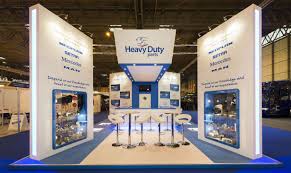These Aluminum 6061 Bars can be easily formed and worked in an annealed condition very well. These Aluminium 6061 Bars are a combination of aluminum, silicon, magnesium, copper, chromium, and other alloys. Due to the proper mixture of these alloys, it shows tremendous mechanical properties such as tensile strength, yield strength, shear strength, fatigue strength, elastic modulus, elongation, Poisson’s ratio, Hardness, Brinell, etc.
Aluminum 6061 Bars possess good corrosion resistance. Aluminium alloy is quite sensitive to high-temperature pressure and tends to lose some of its strength.
Application Features for Aluminium 6061 Bars
- Truck And Marine Components, Railroad, Automobile, Furniture, Tank Fittings, Electricity & Energy Appliances, Bridges, Cranes, Milk Industry
Aluminum 6061 Rods are versatile and widely used in several applications. These aluminum rods are manufacture from the most common use heat-treatable alloys. The alloy is specify in most applications due to its heat treatability, strength, and easy machining. There are two main elements use in this alloy that is silicon and magnesium which offers high corrosion resistance and hardness. Hence, almost every industry alloy 6061 bars. These 6061 rods have excellent capability to withstand and bear high-temperature without getting damage.
Two important factors when considering mechanical properties are yield strength and ultimate strength. The yield strength describes the maximum amount of stress needed to elastically deform the part in a given loading arrangement (tension, compression, twisting, etc.). The ultimate strength, on the other hand, describes the maximum amount of stress a material can withstand before fracturing (undergoing plastic, or permanent deformation). For static applications, the yield strength is the more important design constraint as per industry standard design practices; however, the ultimate strength can be useful for certain applications that call for it.
When exposed to air or water, 6061 aluminum alloy forms a layer of oxide. Which renders it nonreactive with elements that are corrosive to the underlying metal.
The amount of corrosion resistance is dependent upon atmospheric/aqueous conditions. However, under ambient temperatures, corrosive effects are generally negligible in air/water.





